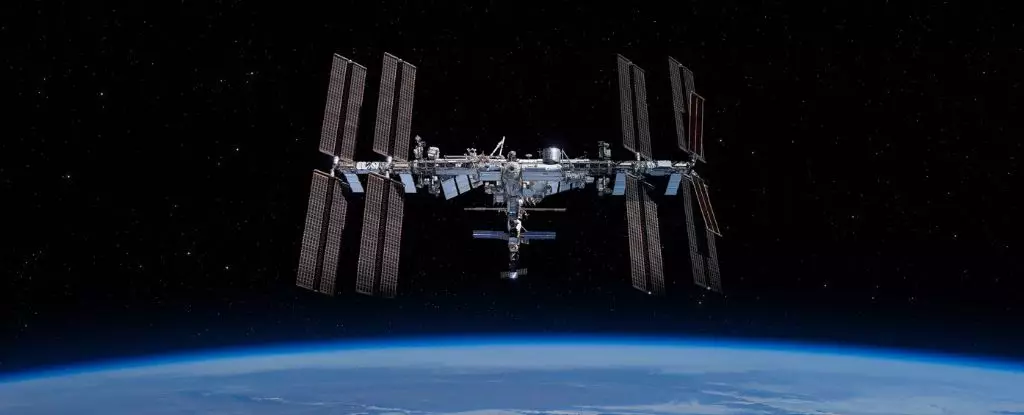This past weekend, a routine cargo resupply mission to the International Space Station (ISS) took an unexpected turn when the Russian spacecraft Progress 90 made its arrival. While astronauts anticipated the shipment of essential supplies such as food, clothing, and scientific instruments, they were not prepared for the strange odor that wafted through the spacecraft’s hatch. This incident highlights the complexities and challenges of maintaining a safe environment aboard a confined space station, illustrating how even the seemingly benign can pose potential risks in the unique setting of space.
Upon opening the hatch to the Progress spacecraft, astronauts were immediately alerted to an odd smell accompanied by small droplets floating in the cabin air. The reaction was swift as the ISS crew closed the hatch and activated air scrubbers to clean the environment. Reports confirmed that standard air quality was restored soon after, but the unusual scent prompted Russian crew members to don protective gear as a precautionary measure. This incident serves as a reminder that in the tight quarters of the ISS, even minor disturbances can escalate into significant concerns if not managed properly.
While it might seem exaggerated to be concerned over a seemingly harmless odor, the reality is that astronauts live in a limited space where air quality is paramount. Odors can be indicative of toxic materials, and the potential for harmful exposure exists if preventive measures are not taken. Official communications from NASA confirmed that there was no immediate danger to the crew, yet the quick action taken reflects the heightened awareness of health risks in space environments.
Even on a good day, the ISS is not known for its pleasant fragrances. Astronauts have often compared the olfactory experience aboard the station to burnt steak mixed with body odor—a stark reminder of the challenges of personal hygiene and waste management in microgravity. The odors experienced on the ISS can differ greatly from what is encountered on Earth, primarily due to a phenomenon known as outgassing.
Outgassing occurs when materials release trapped gases or vapors in response to environmental changes such as vacuum or elevated temperatures. This process can convert a harmless material’s scent into something offensive, often changing character in the vacuum of space. For example, manufacturers go to significant lengths to ensure that materials sent to the ISS have low-outgassing properties to minimize any disruptive odors or contamination risks.
The Science Behind the Smell
NASA has attributed the peculiar smell and droplets spotted in the Progress spacecraft to outgassing processes. While the source of the offending material remains unidentified, there are concerns that the issue may relate to the spacecraft’s docking mechanism rather than materials within the Progress itself. Such organic and inorganic reactions are critical to monitor, as they can significantly impact the longevity and operation of sensitive instruments used in space research.
The Apollo 8 mission serves as a historical reminder of what can happen when materials malfunction in space. During that mission, a seal began to excessively outgas, leading to contamination of an observation window. The unusual odor this weekend had much lower stakes, but the incident is a cautionary tale about the importance of vigilance when it comes to air quality in space.
Future Considerations
Looking forward, this incident underlines the need for thorough examination and continued innovation in materials used for spacecraft. As space agencies push for extended missions beyond the ISS, including future ventures to the Moon and Mars, understanding how materials behave in space will be imperative.
Even a simple resupply mission can provide significant insights into the complexities of living and working in space. Odors that arise in such a confined environment can serve as crucial indicators of potential problems. The vigilance demonstrated by the crew and ground teams encapsulates the essence of space exploration: proactive problem-solving amidst unforeseen challenges. As humanity seeks to explore further into the cosmos, learning from these incidents will be integral to ensuring astronaut safety and mission success in the vast expanse of space.


Leave a Reply